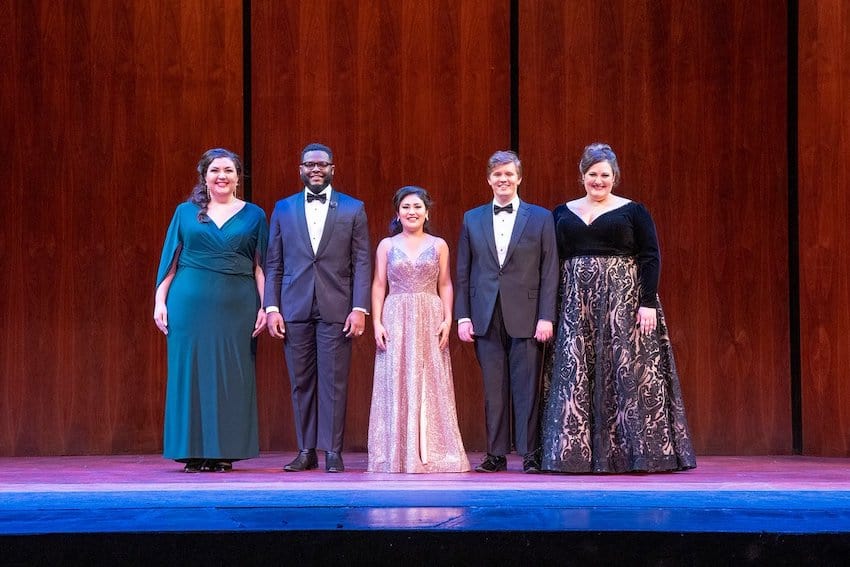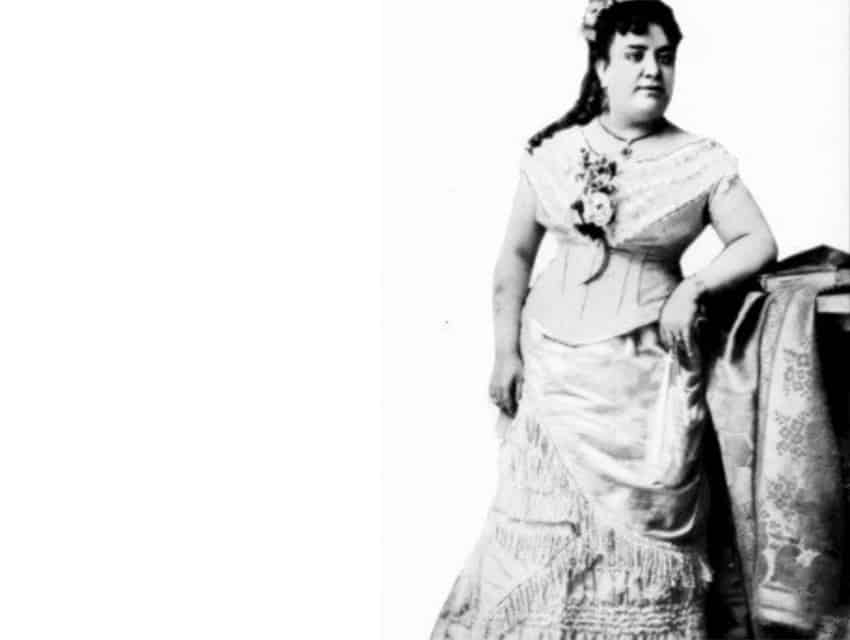The first edition of the International Festival of Mexican Opera (FIOM) – a celebration of Mexican lyricism – opened on Monday and will run online until Sept. 9.
Organized by tenor Raúl Alcocer Rodríguez, bass-baritone Lucho Cano and Doctor of Performing Arts Enid Negrete Luna, the FIOM will put on a range of different artistic and academic activities, as well as an opera contest.

The festival will culminate with an award ceremony on Sept. 9.
Registration for the contest will run until June 30 and is open to professional and student opera singers and composers from Mexico or abroad. The focus is on Mexican opera.
The winner of the composer category will be able to perform their work alongside a Mexican conductor and a professional orchestra, while the winning singer will receive a prize from festival patrons.
Singers Ramón Vargas, María Katzarava, Javier Camarena, Rocío Tamez and Lourdes Ambriz, and composers Diana Syrse, Leticia Armijo and Enrico Chapela will be among the judges of the event.

To ensure greater impartiality during the selection process, participants will submit their work anonymously, Alcocer said.
Lucho Cano told the newspaper Milenio that all money gathered from the registration fee will go to support El Tecolote Cultural Center and the Art Against Violence Foundation.
“Both [programs] work together to rescue children from the community of Arcelia, Guerrero, one of the places with the highest crime and poverty rates.”
According to studies cited by newspaper La Jornada, there are some 500 Mexican works of opera, from the 18th century to date, though as many as 30% are now lost.
“In addition to this, a large number of pieces haven’t been premiered and others were premiered with great success abroad but are unknown in Mexico,” Negrete added.
Currently, more than 50 composers are active in Mexico, but with little support for creativity and inadequate infrastructure to support and produce an opera, the outlook for the musical genre in Mexico “is sad,” Negrete lamented.
“I mean, if you are a Mexican composer and you premiere an opera, it better be your masterpiece because otherwise the criticism will destroy you.”
The scenario is no different for opera singers. “Most of our singers can only aspire to have a career abroad,” Negrete said, adding that there is a talent drain in Mexico, “a problem that will eventually take its toll on us.”
Although Mexican opera faces many challenges, the FIOM seeks to overcome them by supporting composers and opera singers to disseminate lyrical work “made in Mexico.”
With reports from Milenio and La Jornada
